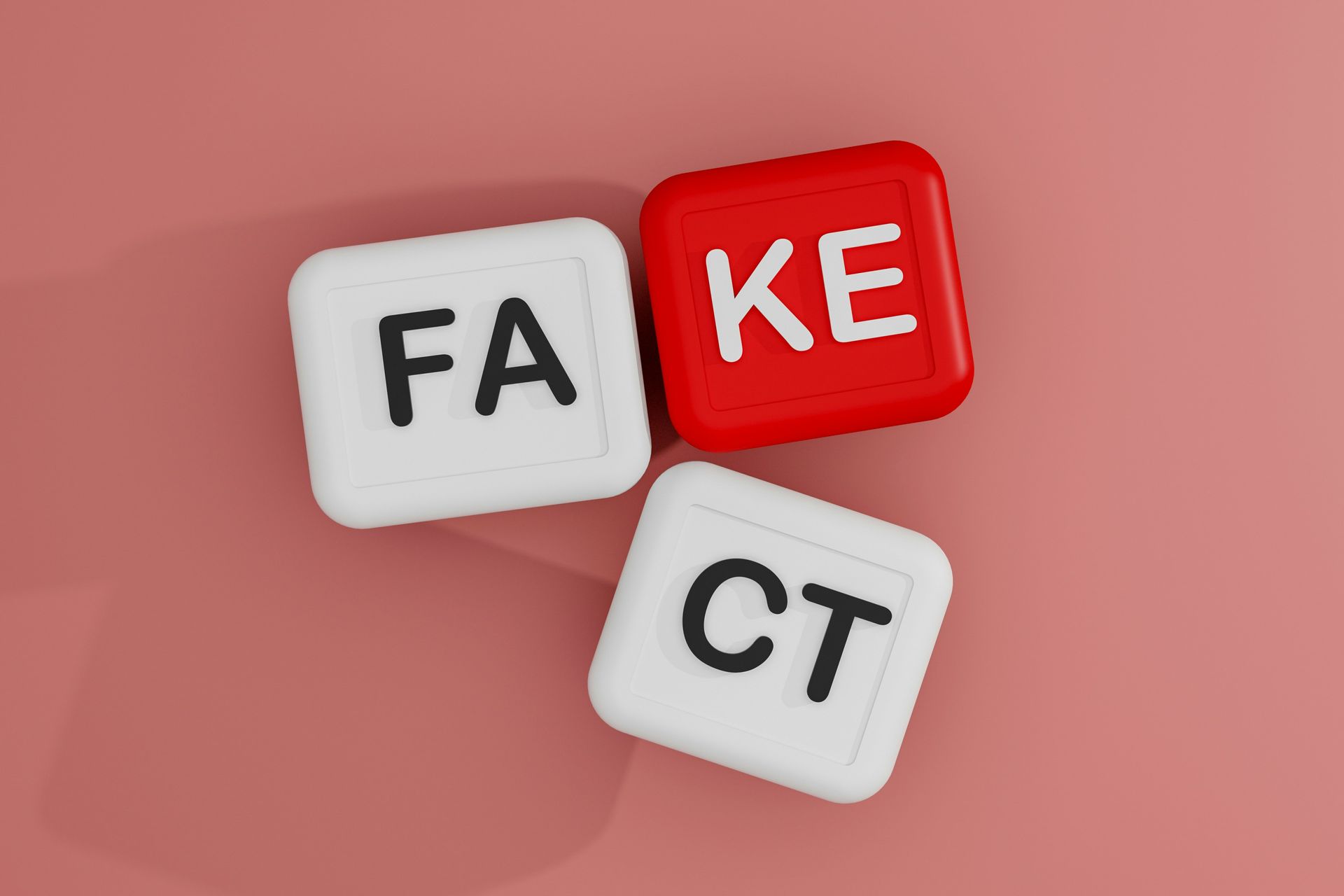Newsroom
Explore our newsroom for our weekly wreck, press releases, and trending topics.
Fact or Fantasy; Deciphering the new Economic Landscape
Overview
The U.S. equity markets are trading at recent highs. Should investors expect a reversion to the mean or is there something else afoot?
Background
Historically, equity markets have traded at a price-to-earnings ratio near 20. Currently, we are well north of that level with recent prints near 30. Hence, the major question is whether there is something else driving the markets that we should be aware of, thereby causing structural change.
Some Historical Perspective
For centuries, there was little growth in productivity levels. It was very simple: over 90% of the population were farmers, guided by growing cycles, with little change except for occasional floods, famines, plagues, and wars. All that changed with the Industrial Revolution, where machines greatly enhanced productivity, enabling one person to operate multiple weaving machines—similar advancements occurred across various sectors. Not only did the workplace change, but so did social institutions, such that society could more effectively capitalize on these developments. As the economy changed, so did political entities; there were sound reasons to shift from feudal societies to democracies that rapidly allocated capital.
The Change
Back to the current situation— is there a valid reason for the massive expansion in equity multiples/valuations? Our view is that it is helpful to remember that it is not widespread. It is really on the few “anointed” firms that have benefitted from the explosion in value, but because of their size, have driven overall market valuations. The few include Nvidia and other firms involved in developing artificial intelligence (AI). Perhaps the notion is that AI will enable a significant leap in productivity, thereby supporting the elevated multiples. An example is the new Tesla plants which are far more productive than those of legacy manufacturers and have the added benefit of requiring fewer human workers. With developments in humanoid robots, AI, and quantum computing, we may be witnessing the beginning of a productivity revolution comparable to the Industrial Revolution—albeit over a much shorter time frame.
Prior Collapses
We have been here before when new technologies have shown massive promise, only to collapse when investors realized that there were major issues in implementation or realized that few firms would be able to capitalize on the innovations. For example, while the cell phone was undeniably a major innovation, most of the benefits among producers were captured primarily by Apple, Google, and Samsung. Note, that the vast majority of total benefit has been enjoyed by consumers.
Likely Paths
Our view is that like many IT-related endeavors, developments take longer than expected but the benefits are greater than expected. Interestingly, several technologies are now reaching critical mass, including:
- Artificial Intelligence
- Robotics
- Quantum Computing
- Nuclear Fusion
- Geothermal Drilling
- Space Travel
- Artificial Diamond-based computer chips
Our view is that productivity will grow—albeit at an uneven pace.






